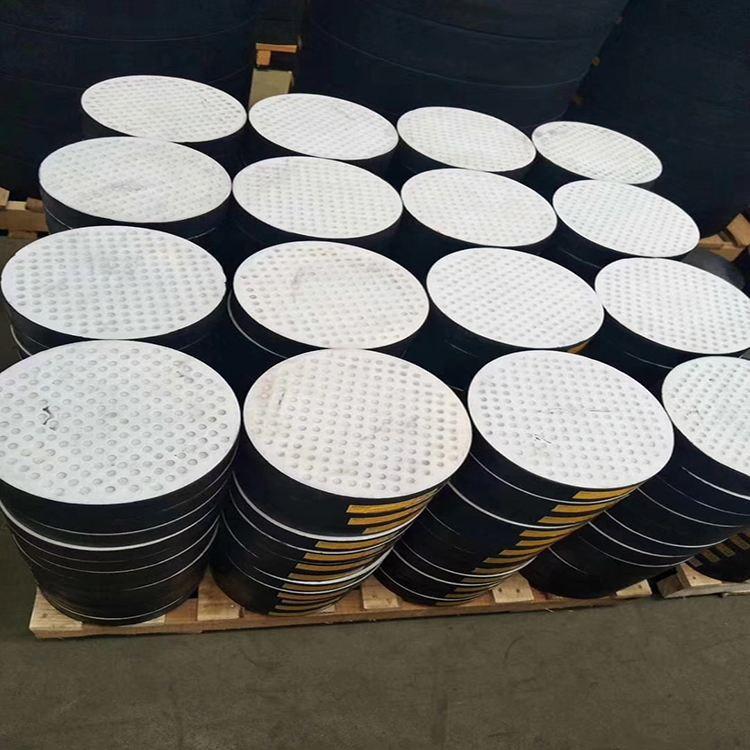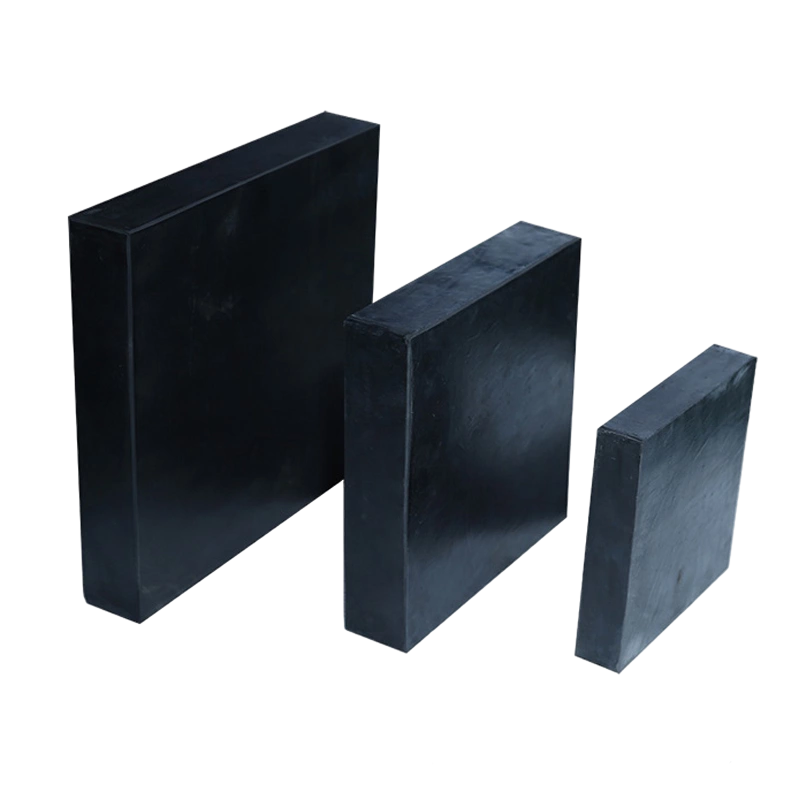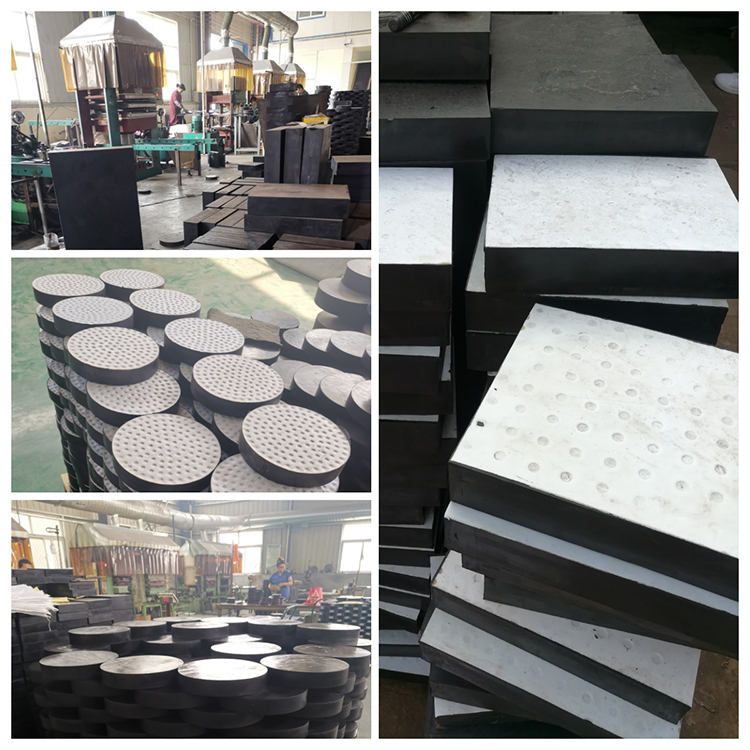
The utility model has the advantages of simple structure, convenient installation, steel saving, low price, simple maintenance, easy replacement, etc. Glue a layer of 1.5mm-3mm thick polytetrafluoroethylene plate on the surface of the plate bearing to make a polytetrafluoroethylene sliding rubber bearing. In addition to the vertical rigidity and elastic deformation, it can withstand vertical load and adapt to the rotation of the beam end. Because of the low friction coefficient of the polytetrafluoroethylene plate, the beam end can slide freely on the surface of the PTFE plate, and the horizontal displacement is not limited. It is especially suitable for bridges with medium and small loads and large displacement.
Product division:
1. Rectangular (round) plate rubber bearing (GYZ, GJZ)
(1) Performance: This product is made by inlaying, bonding and pressing multi-layer rubber sheets and steel sheets. There is sufficient vertical stiffness to bear the vertical load, which can reliably transfer the reaction of the superstructure to the pier and abutment, and has good elasticity to adapt to the rotation of the beam end; There is also a large shear deformation to meet the horizontal displacement of the superstructure.


(2) Features This product has been widely used in bridge construction, water and electricity engineering, and building anti-seismic facilities. Compared with the original steel bearing, it has simple structure and convenient installation; Steel is saved and the price is low; It has the advantages of simple maintenance, easy replacement, and low building height, which is beneficial to bridge design and cost reduction; It has good isolation effect and can reduce the impact of live load and seismic force on buildings.
2、 Tetrafluoroethylene sliding plate rubber bearing (GYZF4, GJZF4)
Features This product is made by bonding a layer of 1.5-3mm thick polytetrafluoroethylene plate on the ordinary plate rubber bearing. In addition to the vertical stiffness and elastic deformation of ordinary plate rubber bearing, which can withstand vertical load and adapt to the rotation of beam end, the low friction coefficient between tetrafluoroethylene and stainless steel plate at the beam bottom( μ ≤ 0.03) can make the horizontal displacement of bridge superstructure unrestricted.


Scope of application:
Plate rubber bearing is a commonly used product in small and medium-sized highway bridges. It is divided into ordinary plate rubber bearing and tetrafluoro plate rubber bearing. For ordinary bridge bearings, it is applicable to bridges with span less than 30m and small displacement Different plane shapes are suitable for different bridge span structures, and rectangular bearings are used for orthogonal bridges; Circular bearings are used for curved bridges, skew bridges and cylindrical pier bridges.
The tetrafluoroethylene plate rubber bearing is suitable for large displacement bridges with long span, multi span continuous, simply supported beam continuous plate and other structures. It can also be used as a sliding block in the pushing of continuous beam and the transverse movement of T-shaped beam The application of rectangular and circular PTFE plate rubber bearings is the same as that of rectangular and circular ordinary plate rubber bearings.











